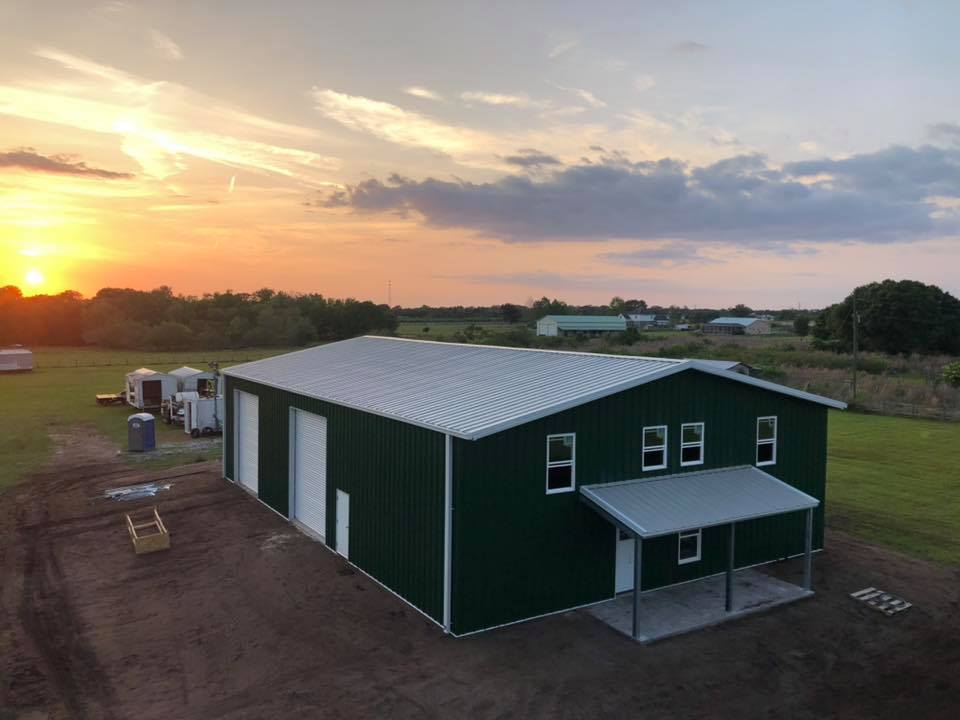
When it comes to steel building design, few options are as practical and widely used as the gable style. With its clean, symmetrical roofline and efficient use of space, the Gable Steel Building has become a go-to solution for everything from garages and workshops to commercial warehouses and agricultural storage.
But what makes gable steel buildings so effective? In this article, we take a closer look at the design, its benefits, and why it continues to be one of the most popular choices for steel construction.
What Is a Gable Steel Building?
A gable steel building is defined by its simple roofline — two sloping sides that meet in the middle to form a ridge, creating the familiar triangular end walls known as “gable ends.” This design is widely used in both residential and commercial construction due to its straightforward engineering and adaptable layout.
In steel construction, the gable style becomes even more efficient. Steel framing allows for larger spans, fewer interior supports, and a faster build timeline — all while keeping costs manageable.
Advantages of Gable Steel Buildings
Straightforward, Efficient Design
The gable roof is one of the most structurally efficient forms available. It sheds rain and snow easily, provides ample headroom, and supports a wide range of building widths and lengths.
Ideal for Clear-Span Interiors
Thanks to the strength of steel, gable buildings can often be constructed without interior columns, making them perfect for open workspaces, vehicle storage, or equipment housing.
Cost-Effective Construction
Gable steel buildings tend to be less expensive to fabricate and erect than more complex roof styles. This makes them a great choice for budget-conscious projects without sacrificing performance.
Easy Customization
The gable design is highly flexible. It can be modified with different pitch angles, overhangs, doors, windows, and even mezzanine levels to suit the specific needs of the user.
Common Applications for Gable Steel Buildings
Due to their adaptability, gable buildings are used in nearly every sector. Here are just a few common examples:
- Residential garages and carports
- Agricultural storage buildings
- Steel workshops and fabrication shops
- Commercial warehouses
- Retail spaces
- Recreational facilities and gymnasiums
- Hangars for small aircraft or equipment
In each case, the gable roof design provides a balance of simplicity, structural integrity, and ease of access — all important considerations in steel building projects.
Comparing Gable Style to Other Roof Designs
While gable roofs are often seen as the “standard” choice, that’s not to say they’re basic. Their strength lies in their efficiency and versatility. Here’s how they stack up against other common styles:
- Versus Gambrel: The gambrel roof provides more attic or loft space, but may involve more complex framing and detailing.
- Versus Monitor: Monitor roofs allow for a raised center section and better ventilation but are more suited to specific industrial or equestrian applications.
- Versus Single Slope: Single slope roofs are great for drainage on narrow lots, but gable roofs offer better symmetry and interior space for broader buildings.
In most general-purpose applications, Gable Steel Buildings offer the best mix of form, function, and affordability.
Final Thoughts
Gable Steel Buildings are a staple of modern construction — and for good reason. Their simple yet effective roofline makes them highly adaptable, structurally sound, and well-suited to a broad range of uses.
Whether you’re building a garage, barn, warehouse, or workshop, the gable style offers a timeless, reliable solution that stands up to both time and the elements. Its widespread use is a reflection of its versatility — a classic design that continues to meet modern demands with ease.

